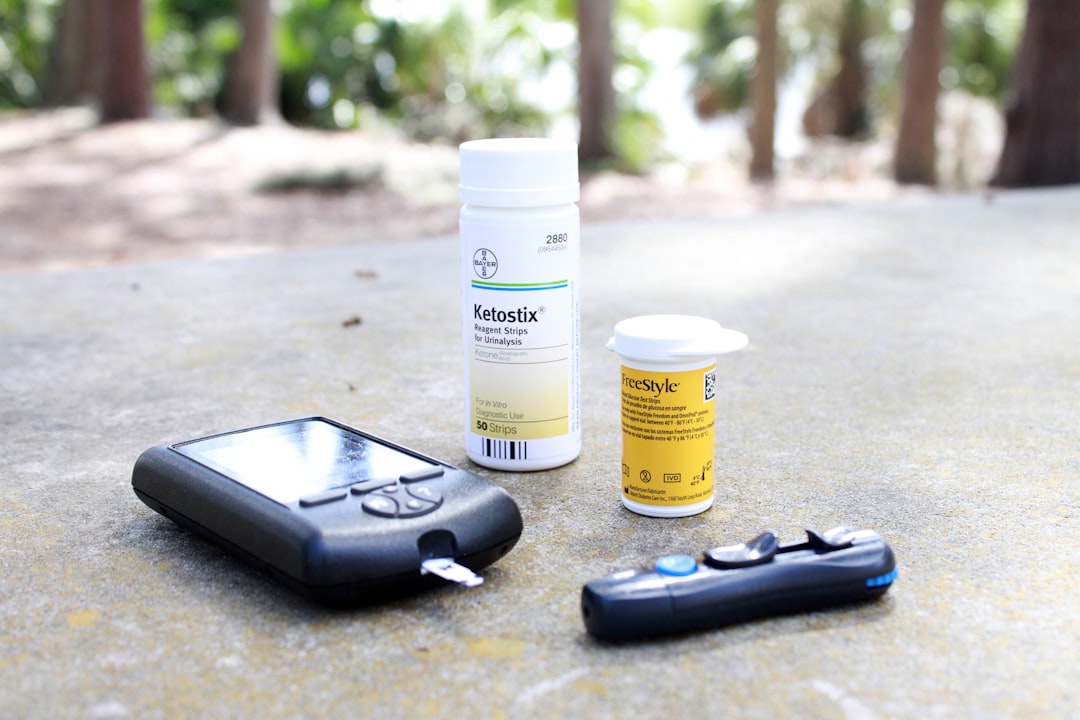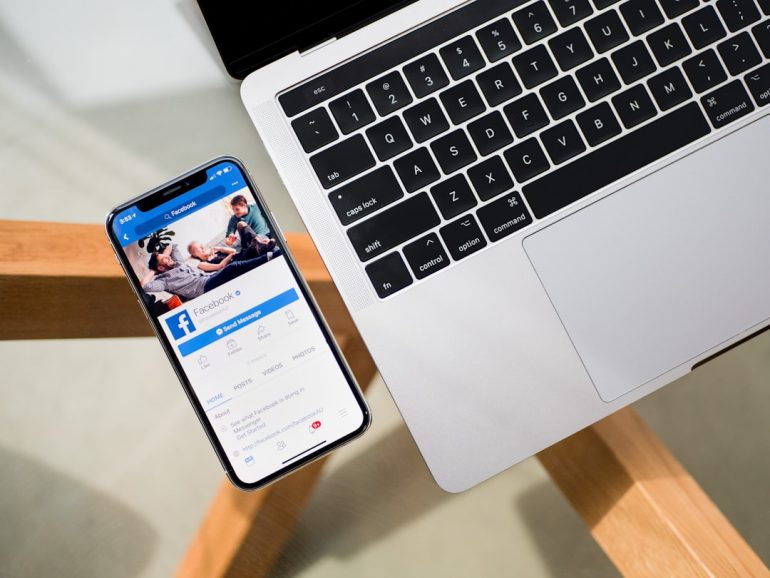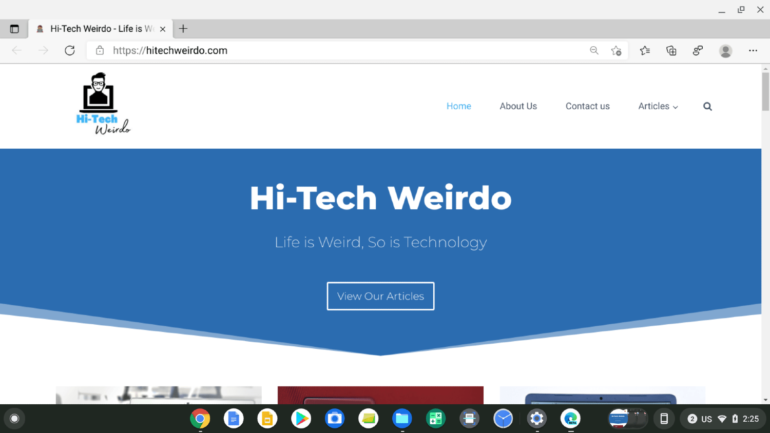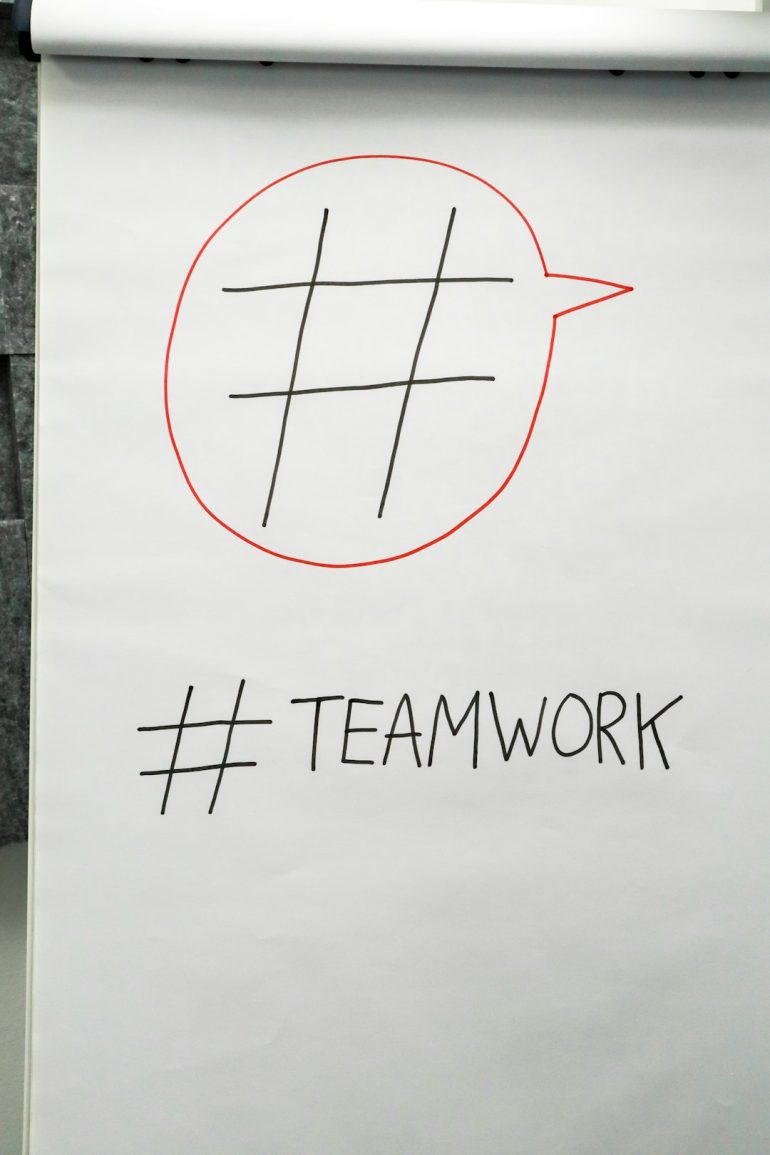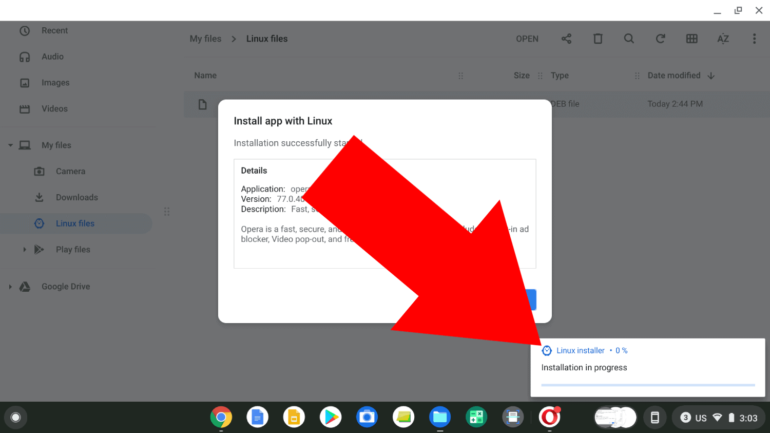How do online tools help with A/B testing and optimization of digital campaigns?
In the fast-paced world of digital marketing, success often hinges on the ability to make data-driven decisions quickly. One of the most effective methods marketers use to refine user experiences and increase conversions is A/B testing. Thanks to a wide array of online tools, it’s now easier than ever to test variations in digital campaigns and discover what actually works. These tools have revolutionized how businesses optimize their campaigns, by providing accurate insights and reducing the guesswork involved in decision-making.
A/B testing, also known as split testing, is a controlled experiment where two or more versions of a webpage, email, or advertisement are shown to different segments of users at the same time. Marketers then analyze the performance of each version to determine which one produces better results. Online tools play an essential role in executing, tracking, and analyzing these tests with precision and efficiency.
The Role of Online Tools in A/B Testing
Table of Contents
Modern A/B testing tools offer user-friendly interfaces and powerful analytics features that make them indispensable for marketers. These tools reduce the complexity associated with running tests, allowing even non-technical users to participate in optimization efforts. From content and design changes to call-to-action button colors or ad copy variations, the possibilities for testing are virtually endless.
Here are several ways online tools assist in A/B testing and campaign optimization:
- Test Setup and Deployment: Tools like Optimizely, Google Optimize, and VWO allow marketers to easily create and launch tests without requiring extensive coding knowledge.
- User Segmentation: These platforms enable advanced targeting, letting users test specific segments based on behavior, location, device type, or source traffic.
- Real-Time Analytics: Online tools offer real-time data collection, so marketers can see how a test is performing without delay.
- Statistical Confidence: Built-in statistical engines help determine when a test has reached a significant conclusion, reducing the risk of premature decisions.

Optimization Beyond the Basics
Optimization doesn’t stop at identifying a winner in an A/B test. It’s an ongoing process of refinement that often involves multivariate testing, heat map analysis, and audience journey tracking. Online tools facilitate these more advanced techniques by integrating with various other marketing platforms and CRMs for a holistic view of the customer experience.
Tools like Crazy Egg and Hotjar provide valuable visual data such as click maps and scroll depth analysis, offering insights into how users interact with a webpage. This data can be used to form hypotheses for future A/B tests, driving continual improvement.
Enhanced Collaboration and Workflow
Online tools also foster collaboration among team members by offering workflow features like shared dashboards, task assignments, and integrated reporting. This ensures that everyone involved in the campaign—from designers to data analysts—can access the information they need to contribute effectively to the test process.
Some notable features include:
- Version control: Keeps track of different test versions and changes for better accountability.
- Campaign scheduling: Allows tests to be launched during high-traffic periods or specific marketing events.
- Cross-platform compatibility: Ensures tests can run seamlessly across mobile, desktop, and tablet devices.

As marketers face increasing pressure to deliver measurable ROI, A/B testing using online tools proves to be a fundamental strategy for digital success. These platforms not only simplify the technical side but also empower teams to make smarter, faster decisions that directly impact bottom-line performance.
Frequently Asked Questions (FAQ)
- Q: What is A/B testing?
A/B testing compares two versions of a digital asset to determine which performs better based on specific metrics like conversion or engagement rates. - Q: Which online tools are commonly used for A/B testing?
Popular tools include Optimizely, Google Optimize, VWO, Unbounce, and Adobe Target. - Q: How long should an A/B test run?
It depends on your traffic and what you’re testing, but generally, a test should run until it reaches statistical significance, often a few days to a few weeks. - Q: Can small businesses benefit from A/B testing tools?
Yes, many tools offer free or low-cost plans tailored for startups and small businesses. - Q: What’s the difference between A/B and multivariate testing?
A/B testing compares two versions of a single variable, while multivariate testing tests multiple variables simultaneously to identify the most effective combination.

